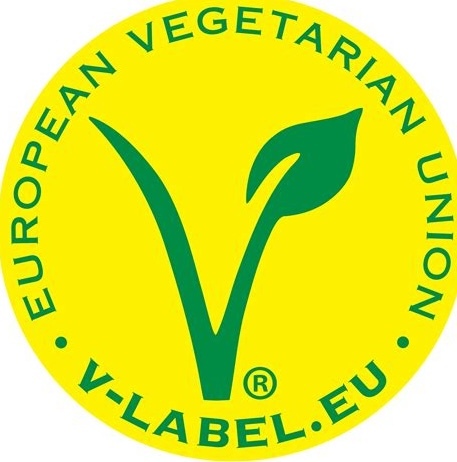

These are important questions that not enough people are asking. See my other comment, but basically, I agree with your conclusion.
I am not Jim West.


These are important questions that not enough people are asking. See my other comment, but basically, I agree with your conclusion.


Pretty much this. Don’t own other beings as property. Don’t instigate violence against peaceful beings. Do not attempt to restrict the freedom of other beings. It really is that simple.


slrpnk.net already has its own XMPP chat option where one’s Lemmy username (e.g. user@slrpnk.net) is one’s XMPP address, and I imagine that other instances could do something similar if they wanted. XMPP is federated, so it doesn’t require any Lemmy-side coding for the federation aspect. For instance-wide chat (visible to all users of the instance), an implementation in XMPP would probably be easier as well, perhaps using some form of the group chat functionality. What does your proposal offer that cannot be done using XMPP?


As poVoq suggested, start a tree nursery and plant trees around. Also grow your own food. These two things can be the same thing.


There has probably never been a better time to not live in Bangladesh.
Some ways that vegans can further reduce their methane emissions:
I don’t know much about the US, but many places don’t have any of that zoning stuff. Ecuador seems to be famous for the lack of zoning regulations, but I imagine that any tropical rainforest country would probably be similar.
In the US, I remember hearing that some people in Arkansas were able to get away with starting up an intentional community and doing all sorts of permaculture things due to the lax zoning regulations. You might research how Arkansas does things.


Well thank heavens that at least no one was hurt.


It’s Markdown. ~~strike out this text~~ --> strike out this text


Cow pasture accounts for about 80% of Amazon deforestation since 1970, but feedcrops like soya are still a significant contributor. Animal agriculture excluding cow pasture accounts for an additional 12% of deforestation, and part of that is soya monocultures. Perhaps the bigger problem with soya cultivation in the Amazon is the opportunity cost that is not apparent from the deforestation numbers: it is often grown on former pasture lands that could have otherwise reforested themselves.
That said, you’re right that not buying soybeans from Brazil would have little impact, as the vast majority of the soybeans produced in Brazil are fed to “livestock” animals.


To be clear, the vast majority of the soybeans produced in the Amazon (and elsewhere) go towards “livestock” feed, so buying edamame or tofu isn’t really contributing much (if at all) to Amazon destruction, Atlantic Forest destruction, Cerrado destruction, or any other soy-related destruction in Brazil.


Not Bangladesh?


WAAAAAAAAY too much grass.


Ah, of course. If you depend on the government and human-made infrastructure, New Zealand and Finland and the like are definitely more reliable than any countries at the equator. (Except Singapore? Interesting.) Governments don’t grow durian though.






Severe weather events in New Zealand
I know that New Zealand has the ocean to buffer it against temperature extremes, but based on this image:

it seems that the island of New Guinea, which is also east of the Wallace Line, has experienced similarly mild warming in recent decades. Maprik (3.63°S, 143.05°E) at ~200m, for example:


seems to have a much more durian-friendly climate than even areas at sea level on the north island of New Zealand (e.g. Ahipara).
And that’s not even Borneo. What is the advantage of New Zealand? Am I missing something?


Best way to protect yourself is to find some land at a comfortable elevation near the equator and start planting fruit trees.


Not even fair to compare to 2024. This year is on track to be the warmest non-El Niño year on record.
Well done. Thank you for this detailed analysis.
Let us not forget also the role of grass in enabling the herding culture.
I agree. Peaceful cohabitation without domination can work quite well. I don’t even know how many animals share this house, but it’s probably hundreds at least. If they don’t bother me, I don’t bother them. It’s only when the cohabitation is involuntary/non-consensual or when someone tries to control others by force or coercion that it becomes a problem.